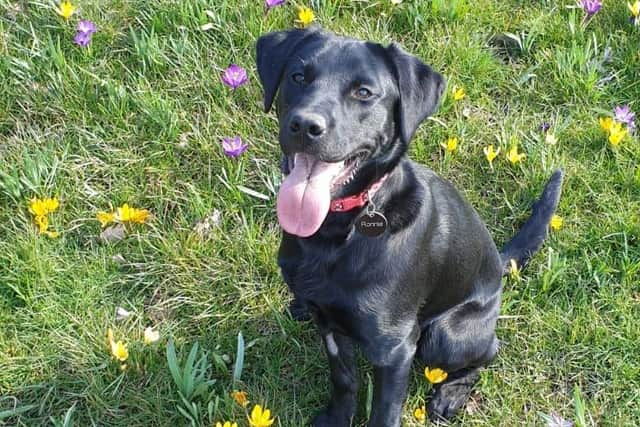Warning for Sussex dog owners about dangerous blue-green algae: everything you need to know
This article contains affiliate links. We may earn a small commission on items purchased through this article, but that does not affect our editorial judgement.
and live on Freeview channel 276
PDSA vet nurse Nina Downing said that blue-green algae is most common in still or stagnant water during summer, but said it can grow in all aquatic environments.
She said: “This particular type of bacteria is highly poisonous to animals, and can sadly be fatal, or result in long-term health problems for those that survive.
Advertisement
Hide AdAdvertisement
Hide Ad“Dogs are particularly at risk, as they are more likely to drink from ponds while out on a walk, or groom themselves after swimming in affected water.


“However – the more aware we are of the potential dangers, the better we can protect our precious four-legged friends.”
Nina shared some advice for keeping dogs safe this August:
Recognise the danger


Nina said: “Blue-green algae often appears as a green or blueish scum, but sometimes has a brown tinge and it’s seen on the water’s surface, it can sometimes clump up and the blooms can create foam on the shoreline.”
Protect your pet
Nina urges dog owners to be vigilant when walking their pets near any form of water, and if it looks bright green in colour, then avoid it.
Advertisement
Hide AdAdvertisement
Hide AdShe said: “Never let your pooch drink from a pond or lake with dead fish or animals in either.
“The water could be dangerously toxic and make your pet extremely ill.”
Councils usually put signposts up in areas regularly affected by blue-green algae.
Know the symptoms
The symptoms of blue-green algae poisoning can occur within 15 minutes to one hour of exposure, said Nina, and even a small amount can be lethal to a dog.
Advertisement
Hide AdAdvertisement
Hide AdShe said: “Signs to look out for include vomiting, twitching, seizures, diarrhoea, increased thirst, drooling, breathing difficulties, or a collapse.”
Report and prevent
People who spot blue-green algae without any signpost warnings are urged to report it to the Environment Agency on 0800 80 70 60.
Nina said: “They’ll test the water and put up signage in the surrounding area to warn owners and help prevent any potential future cases.”
PDSA is the UK’s largest vet charity providing a vital service for pets across the UK whose owners struggle to afford treatment costs.
Find out more at www.pdsa.org.uk.
